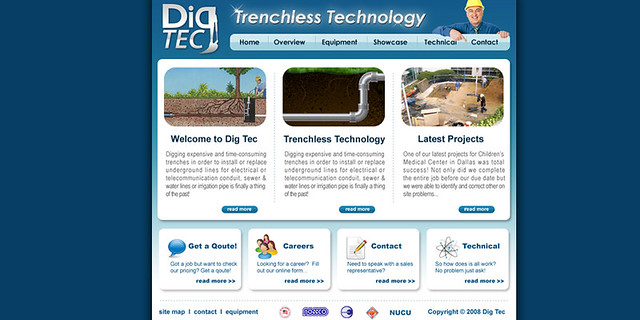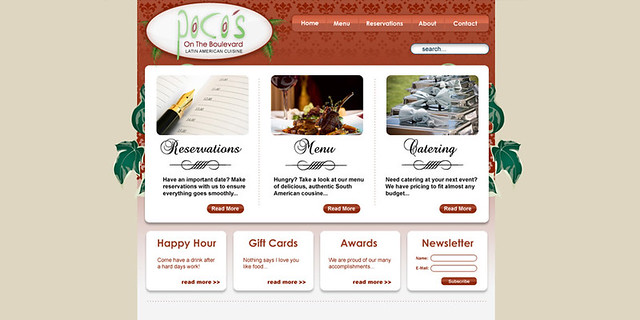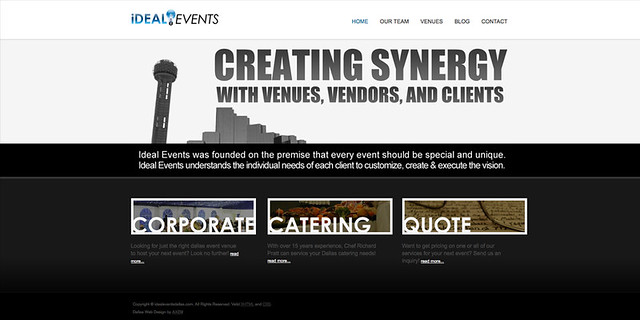There is a lot that goes into building websites that you might not be informed about. It ranges from the first planning phase to the fine tuning of each image and border on every page. When you jump in without knowledge, you will face obstacles. The tips below will help you tackle this challenge.
Unless your website can be viewed on a variety of browsers, it is unlikely to produce the desired results. Ensure that the site can be easily navigated on the most popular browsers. Some things that work in Internet Explorer might not work correctly in Chrome, Safari, or Firefox. Therefore, you should check how all the pages of your website display in all the major browsers on the market, before turning your site live.
Make sure that your clients can cancel an action when they need to. Actions may involve searching the website for archives or a variety of topics, signing up for newsletters and notifications, or simply filling out forms. Forcing your user to complete an action they don’t wish to will ensure they never sign up for anything on your site again, nor are they likely to return at all.
Create an easily scannable website. Most website visitors do not really read online content. They just scan it looking for interesting tidbits of information. Make sure your text is placed in sections, so readers can look over it quickly. Put the pertinent information near the top of your page. Your users will appreciate it, because it helps them know if your site has what they are looking for.
Topics ought to be separated. Keep different topics on different pages. In this way, your visitors will not be confused. Additionally, this will provide the search engines with better information to rank your site properly.
Keep in mind that you shouldn’t overuse JavaScript. It does provide more ways for you to build a responsive and transparent site, but it can be problematic for some visitors. Keep in mind that your visitors use different web browsers. They might not have the latest edition of the browser. Also, consider that JavaScript isn’t regularly enabled in everyone’s browser. Both of these mean users will be prevented from using the site you made.
Make sure your first page is simple. Internet shoppers do, indeed, judge your site by its cover. Describe your business and offerings but minimize distractions on the page.
Figure out what your subject is about. Should you plan to make a blog, it is imperative to be well versed on the topic you are blogging about. Being unclear with customers or giving false information will drive readers away. To create a blog that draws visitors and keeps them interested, knowing what you are talking about is key.
Free Software
Consider using free software to design you website. While it is widely thought that pricey software and tools are the only solutions to building a quality website, there are actually vast amounts of free software and tools available on the Internet. Both of which can help you as you start the design process and to keep your site up and running. All you have to do is a little searching to find the best free tools for you.
Your site should be optimized to handle older editions of Internet Explorer, such as IE7 and IE8. While IE is the bane of everyday browsing these days, you would be surprised how many people use outdated browsers for web surfing. Workarounds are needed for many elements to be visible in IE. Do a little research on the box model bug.
Know your subject thoroughly. Research your subject before posting anything. Providing bad information will only lose you readers. Figuring out your subject will help you blog better.
Put some thought into the “About Us” page. Dry or simplistic content won’t get your reader interested. Try spicing things up! Aim to give visitors a small glimpse of your personal background. Demonstrate how you began website design, the people who inspired you to do this, and what your business goals are.
One thing you want to think twice about is a website counter located on your page, as they have more negatives than positives. While you might think that it’s adding something to your site, it’s really something that your visitors don’t want to see. Get rid of the counter and monitor your traffic by other means.
While making your website, remember that you don’t need to use all the available space. If you insist on making use of each pixel, your site may end up cluttered. Dividing up your site’s elements with blank space, can make it easier for visitors to distinguish what elements perform what function. Sometimes, empty space is underrated.
Visitors do not enjoy seeing a website counter on your page. It may be a neat tool in your mind, but it is unattractive and unfortunately shows visitors how many people actually have come to the page. If this number is low, they may lose interest quickly. Eliminate visitor counters, and find other methods of tracking the number of visitors to your site.
After you have learned new programs, such as Dreamweaver or Photoshop, check with colleagues or friends to confirm that you have not missed anything. It is important to ensure that you learn as much as possible about designing your site. Otherwise, you run the risk of making costly errors.
This article was designed to give you some pointers on the art of web page design. Once you begin to learn the different tactics available, you will start to understand the core concepts involved with website design and start translating this knowledge into features on your website. Take another look at this article if need be.









